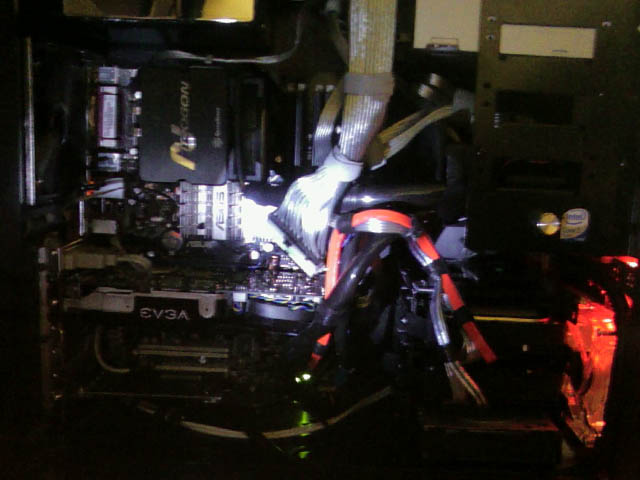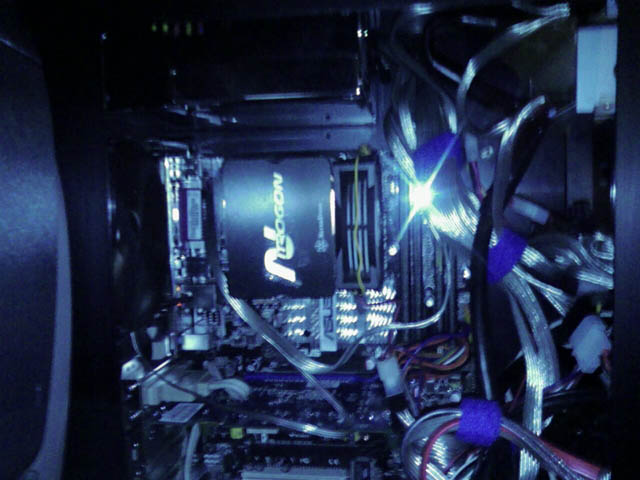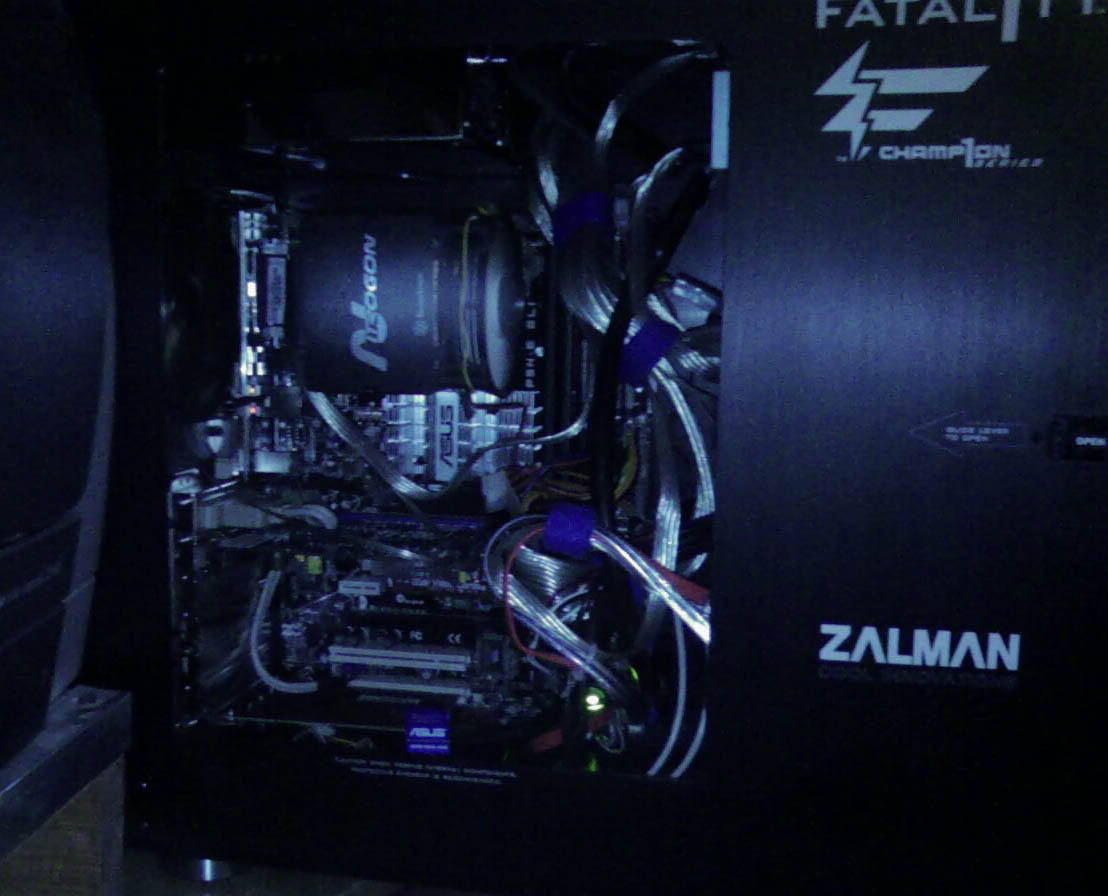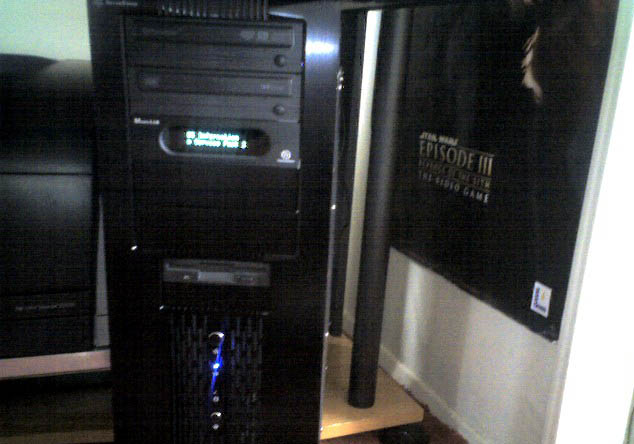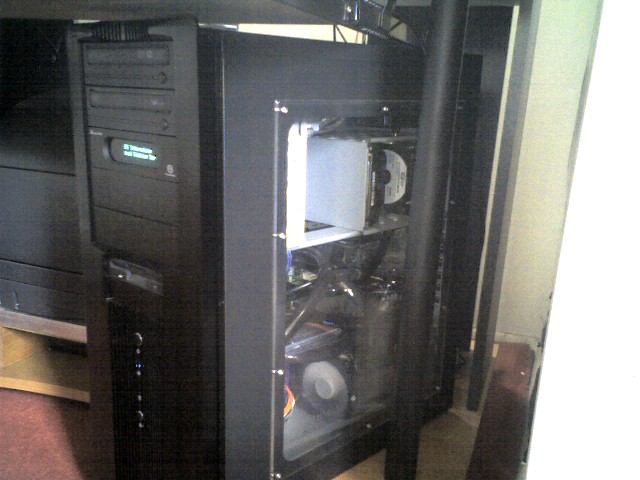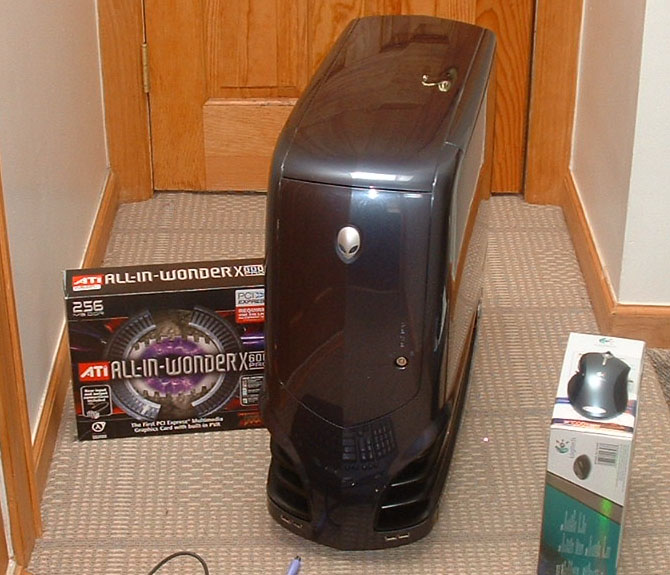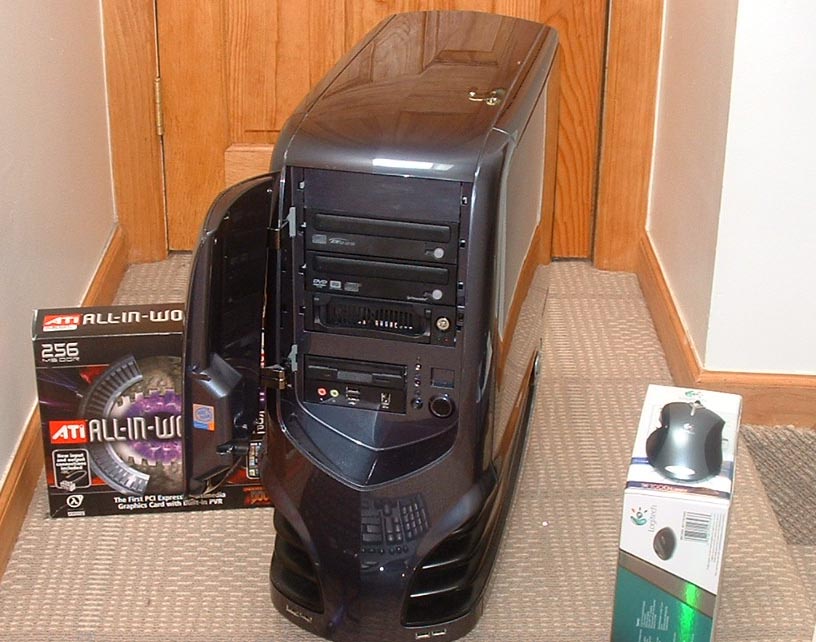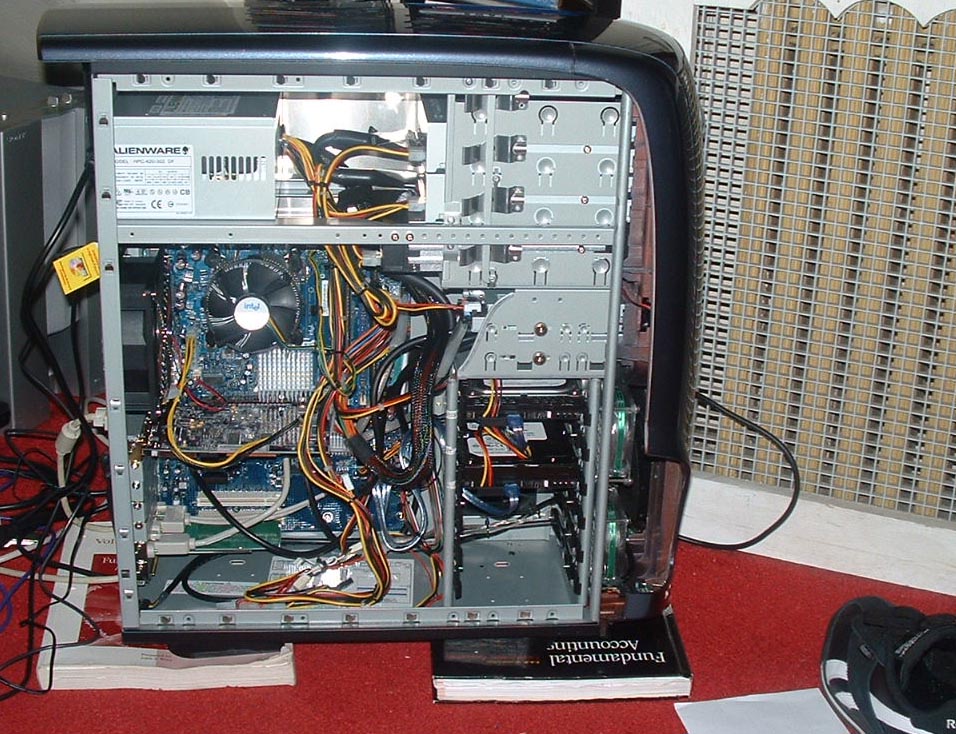Since when has the sole criterion for measuring expandability been how much crap one can shoehorn into an aluminum quadrate? The new Mac Pro was previewed at this years WWDC. It looks amazing, carrying an all new simple stunning form factor. There's been a lot of talk that it looks like the Death Star. That's incomplete. It's much more like the Death Star and the Obelisk from '2001: A Space Odyssey' had a baby, a beautiful alien baby, come to kill us all. Additionally, the new machine sports seemingly quiet, innovative effective cooling, it's available in beastly configurations at the outset, the ports even light up on rotation, and of course it has a bunch of Thunderbolt 2 ports.
So what's there for people not to like (the vast majority of whom will never buy a Mac Pro)? Well, in a word so called "expandability." It has been quite interesting reading all the first impressions and taking-in all the bellyaching and ballyhooing over presumably the most expandable Mac Pro ever.
The primary source of gripe for the carnyx toting few seem to come from the fact that the Mac Pro is not a box that you can stick things inside of. Of course, not being able to install things inside the machine does not mean you cannot connect things to the machine. With the Mac Pro you can still connect video cards, sound cards, or whatever else you may need to get that movie you've been editing for eight years done in a hurry. Perhaps easier than ever before. It is extremely provincial to think of expandability in the post PC era with the same old, "what can I stick into my box" mentality. My old PCs (some shown below) were very expandable, yet now my main machine is a MacBook Pro.
As an aside, hopefully, the gallery of my old desktops has disabused you of any notion that this is in fact John Gruber's other website.
People, we now live in post PC, Thunderbolt world. Speed has always been the number one reason for opening up your machine, and connecting any kind of peripheral to your motherboard. It is now, and has always been primarily about speed. Sure, its nice to have everything in one box, but that is not why we open or opened our machines. Today speed is hardly an issue thanks to external ports like Thunderbolt. We've lived though AGP (2133 MB/s) and PCI (533 MB/s) video cards. The game changed with PCIe and changed again a couple years ago with the consumer release of thunderbolt (10 GB/s). Now there is thunderbolt 2. In case you forgot, or didn't realize, Thunderbolt 2 does 20GB/s data transfer.
With the advent of Thunderbolt 2, going forward there will be very little reason to open your machine and connect a video card unless you just want to tinker. Apple is not concerned with accommodating old form expansion and they are aware that people typically do not buy Mac Pros to tinker. Nonetheless, if that's the impetus for all the venom, I completely understand, since obviously I love to tinker. However, it is important to realize that feeding an innate desire for tinkering is not the same as bumping your machine's graphics capabilities in order to finish a movie with an impending deadline. The former is clearly a want, the latter is much more of a necessity.
I'm not the first to call it, still, I all but guarantee two things. First, the production of awesome mainstream external discrete GPUs that sit on your desk and work over Thunderbolt. Second, discrete GPUs built into gorgeous 4K monitors that work over Thunderbolt, smartly powering itself - switching to its GPU when connected to a machine with a less powerful graphics card. Most importantly, I imagine these systems working seamlessly, or as if you had slapped it into that old PCIe slot you love so much. Soon, having your Mac Pro or other Desktop, connected to a killer GPU with loosening nary a screw, or unhooking a latch will be the norm. That, is expandability.
Simply, the new Mac Pro is the most expandable Mac Pro ever. If you just want a box you can stick things into, go to newegg.com, buy a box, stick things into it, be happy.




